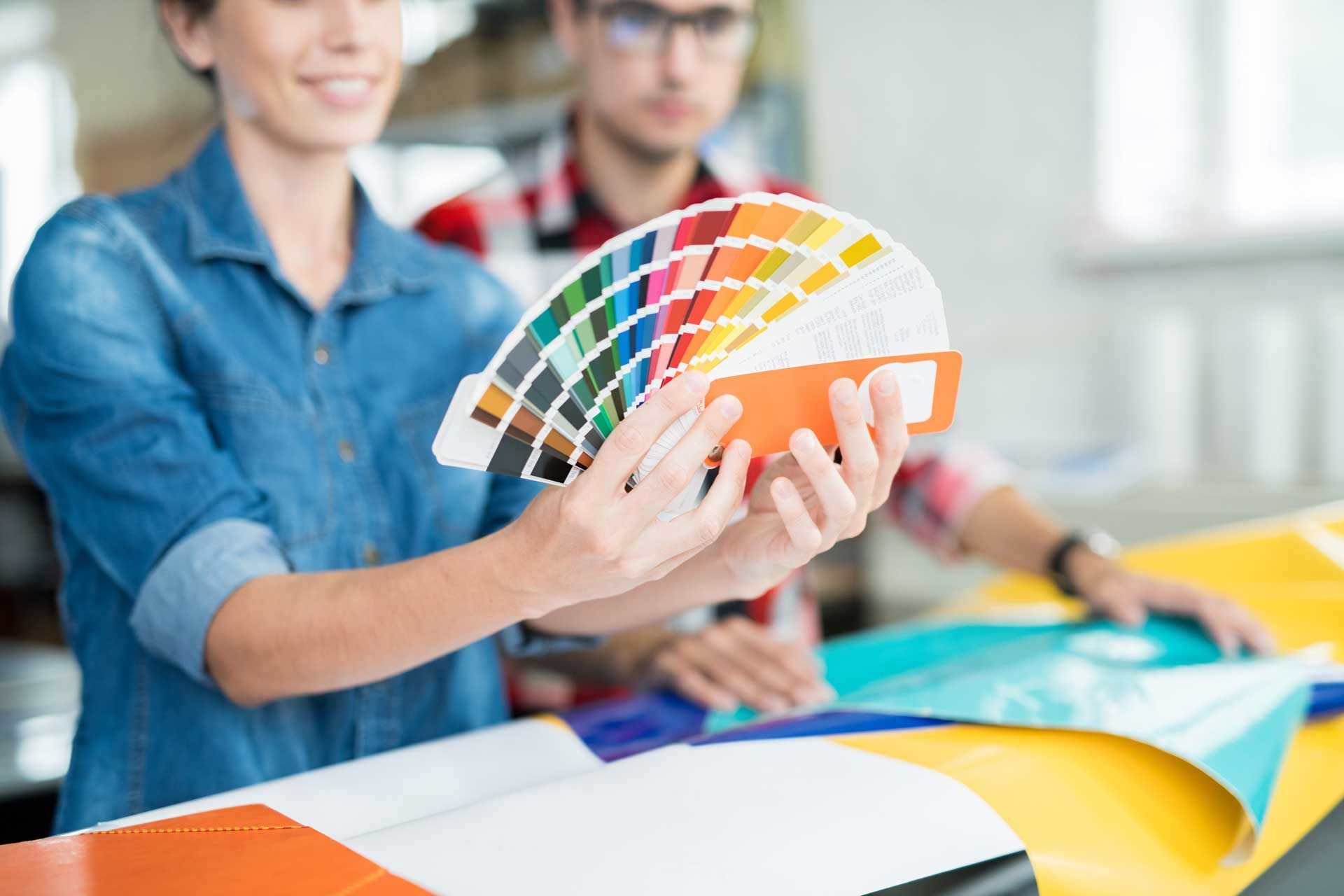Dying to try making your own screen prints? It’s pretty easy once you get the hang of it, and the results can be especially good when you use eco-friendly ink for screen printing.
Before you whip out those eco-friendly inks however, there’s one crucial thing you’ll need, and that of course is your design on a screen. This is easily achieved by applying a photosensitive emulsion on a blank screen, letting it dry overnight in the dark, and then exposing it to the light with your design (printed in black on a piece of transparent film) placed right on top of it.
The idea is that the photosensitive emulsion will react to the light, causing it to bind to the fabric of the screen. And wherever the light is blocked by your design printed on film, the emulsion will remain water-soluble. The result after washing off the screen is your design appearing as a clear area on the screen, with the rest of the screen blocked off by the emulsion.
The process of exposing your design on a screen seems simple enough, but the practicalities of it can be confusing especially for those who are new to screen printing. How much time is needed to expose a design? Do you need to build a lightbox? How should you wash the emulsion off? These are the questions we’ll try to answer in this post.
Getting Your Screen Ready
Before anything else, you’ll need a screen applied with a thin and even layer of photosensitive emulsion. You can do this yourself or you can purchase screens that already have emulsion on them.
Applied emulsion typically has to dry overnight in a dark room or container. Once dried, you can then begin transferring your design onto the screen.
Achieving a Clear Picture
As we all know photosensitive emulsion is sensitive to light, which means that if your design allows even a small amount of light to pass through it, the design won’t appear as clearly or as detailed on your screen as you’d like it to. In order to ensure a clear and detailed design, make sure that your design is printed on high quality transparent film with solid black ink. The solid black should totally block out the light so as to produce a clear and detailed image.
Getting Ready for Exposure
Once you have your screen and design printed on film ready, it’s time to prepare for exposure.
There are many tutorials out there that would suggest exposing your design indoors with a lightbox or some light bulbs, but the most ideal option is to expose your design using sunlight. The sun is the most powerful light source, and it won’t cost you a thing. Another benefit from using sunlight is you don’t need to panic should the screen be exposed to indoor lighting before you place the film on it. Even if it is exposed to indoor lighting for a few minutes, the design will still show through after exposing it to sunlight because sunlight is a much stronger source of light.
There are two ways you can expose your images using sunlight:
- You can place a large book or similarly-shaped support underneath the screen, and on top of the screen place your film with your design front face down. Then, place a large piece of glass or transparent plexiglass on top of the film. The glass or plexiglass will ensure that the film stays in place while allowing light to pass through to the film; and the book or similar support underneath will ensure that the screen will not endure much pressure from the weight of the glass on top.
- If you’d prefer not putting any type of weight on top of your screen or don’t have glass or plexiglass available, you could opt for a spray adhesive instead. Use a spray adhesive to glue the film on top of the screen, making sure to leave some space around the margins of the film. Do not spray excessively, just enough to hold the film in place. Once it is in place, you can then allow your screen to sit under the sun.
Let your screen and film sit under the sun for about a minute and a half. It doesn’t need to take any longer than that as the sun is a powerful source of light, especially during midday.
Revealing Your Design
Once done, peel off the film and wash out the screen with a regular hose until the design appears. Use room temperature water and spray generously. You could also use a large sponge and lightly rub the surface of the wet screen to speed up the process of revealing your design.
After a few minutes of spraying and rubbing, you should start to see your design on your screen.



